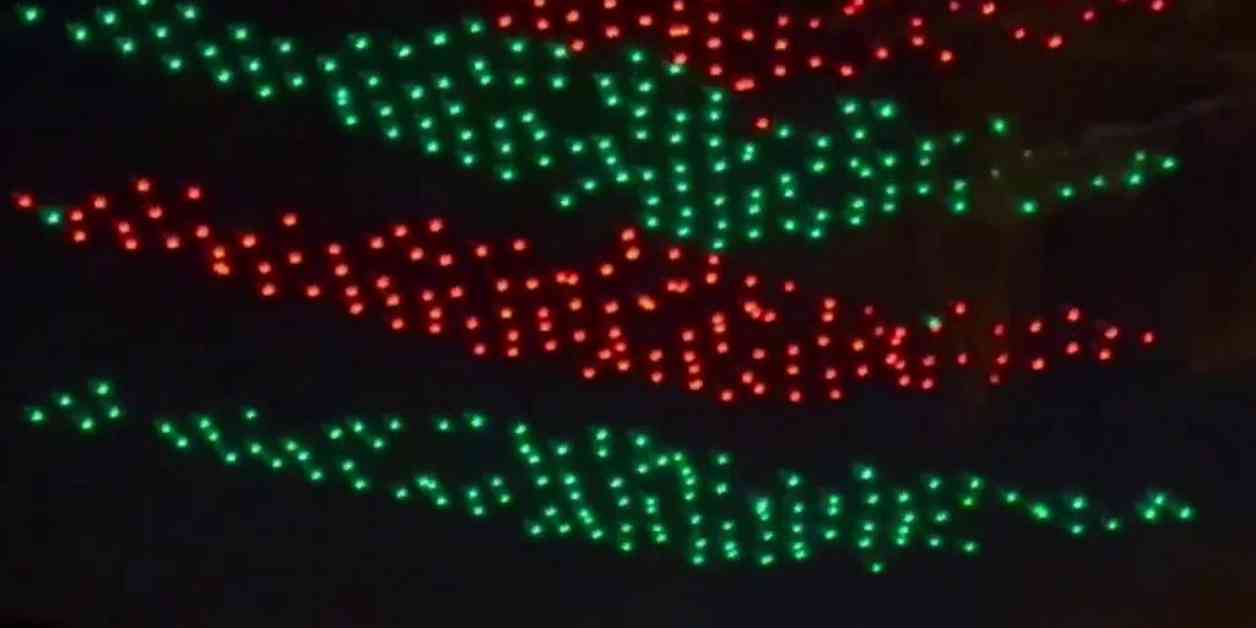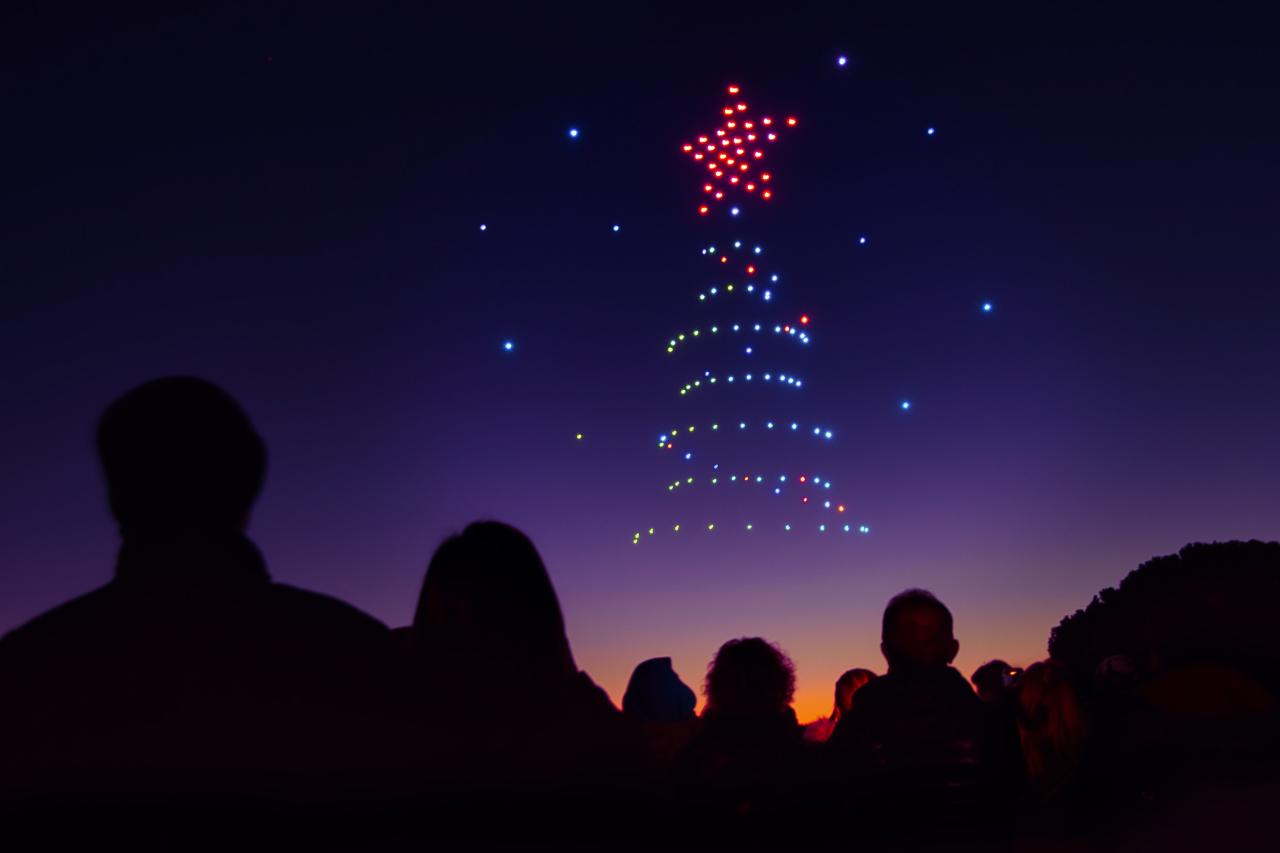Florida drone accidents are becoming increasingly prevalent, highlighting the need for a thorough understanding of the regulations, safety protocols, and environmental factors influencing their occurrence. This exploration delves into the various types of accidents, examining contributing factors and offering insights into preventative measures. We will analyze the legal landscape governing drone operation in Florida, comparing federal and state regulations and outlining the potential consequences of non-compliance.
Recent Florida drone accidents highlight the increasing need for robust safety measures in drone operation. The sophisticated technology involved, however, is also improving; for instance, consider the advanced surveillance capabilities showcased by the cobequid pass camera , which demonstrates the potential for improved monitoring and accident prevention. Ultimately, advancements in drone technology, like those seen in this camera system, could help mitigate future incidents in Florida and elsewhere.
The impact of Florida’s unique geography and weather patterns on accident rates will also be investigated, providing a comprehensive understanding of this growing concern.
This analysis will also cover crucial aspects such as insurance and liability considerations for drone operators, exploring different coverage options and examining scenarios involving property damage and personal injury. Finally, we will Artikel the proper procedures for reporting accidents and detail effective emergency response protocols. By addressing these key areas, this examination aims to provide a practical guide for safe and responsible drone operation in the Sunshine State.
Types of Florida Drone Accidents

Florida’s diverse landscape and growing drone usage contribute to a variety of accident types. Understanding these accidents, their causes, and preventative measures is crucial for safe drone operation.
Common Florida Drone Accident Types
Several factors contribute to drone accidents in Florida. These accidents can be broadly categorized, and understanding these categories helps in implementing effective safety measures.
| Accident Type | Contributing Factors | Description |
|---|---|---|
| Collision with Obstacles | Poor visibility, inadequate pre-flight checks, operator error, unexpected wildlife encounters (birds, alligators). | A drone colliding with a tree, building, or power line during flight. For example, a drone operating near a dense forest during low light conditions might collide with unseen branches. |
| Loss of Control | Strong winds, GPS interference, battery failure, radio signal loss, operator inexperience. | The drone becomes uncontrollable, resulting in a crash or unintended landing. A drone caught in a sudden thunderstorm might experience a loss of control due to wind gusts and interference. |
| Mechanical Failure | Malfunctioning propellers, motor failure, faulty electronics, inadequate maintenance. | A mechanical component of the drone fails during flight, leading to a crash. For example, a propeller breaking mid-flight due to wear and tear. |
| Operator Error | Inadequate training, disregard for regulations, poor judgment, lack of situational awareness. | Accidents caused by the pilot’s mistakes, such as flying too close to people or structures, or violating airspace restrictions. An example would be a drone flying over a crowded beach without proper authorization. |
Regulations and Laws Governing Drone Use in Florida
Drone operation in Florida is governed by both federal and state regulations. Understanding these regulations is essential to avoid legal penalties and ensure safe operation.
Recent Florida drone accidents highlight the importance of safety regulations in the burgeoning drone industry. The contrast is stark when considering the spectacular displays, like the ones at the orlando drone show , which showcase the technology’s potential. However, these impressive shows underscore the need for continued focus on preventing future Florida drone accidents through improved safety protocols and operator training.
Federal and State Drone Regulations, Florida drone accident
The Federal Aviation Administration (FAA) sets the primary regulations for drone operation nationwide, including Florida. Florida also has its own state laws that may add additional restrictions or requirements.
FAA Regulations: These generally cover registration, certification, airspace restrictions, operational limits (altitude, distance), and visual line of sight requirements. Penalties for violating FAA regulations can range from warnings to hefty fines and even criminal charges.
Florida State Laws: Florida may have specific laws regarding drone operation in certain areas, such as near airports, critical infrastructure, or during emergencies. These laws often align with or expand upon federal regulations.
Comparison: Federal regulations provide a broad framework, while state laws often address local concerns. For instance, a state law might prohibit drone flights over specific events or locations.
Penalties for Violations: Penalties can include fines, suspension or revocation of drone registration, and even jail time for serious offenses. The severity of the penalty depends on the nature and severity of the violation.
Safety Measures and Best Practices for Drone Operation in Florida
Florida’s unique environment demands extra precautions when operating drones. Adhering to safety measures and best practices significantly reduces the risk of accidents.
Safety Guidelines for Florida Drone Operations
- Always check weather conditions before and during flight.
- Never fly near airports or restricted airspace.
- Maintain visual line of sight with your drone at all times.
- Avoid flying over crowds or populated areas.
- Be aware of wildlife and potential obstacles.
- Regularly inspect your drone for mechanical issues.
- Never fly under the influence of alcohol or drugs.
- Always have a backup battery and charger.
- Understand and follow all FAA and state regulations.
Pre-Flight Drone Inspection Checklist
A thorough pre-flight inspection is crucial for safe operation. This checklist helps ensure your drone is in optimal condition before each flight.
- Check propeller condition for damage or wear.
- Inspect motors for any signs of damage or loose connections.
- Verify battery charge and health.
- Test all controls and functions.
- Check GPS signal strength and accuracy.
- Ensure all components are securely fastened.
- Review flight plan and identify potential hazards.
- Check weather conditions and wind speed.
Impact of Florida’s Environment on Drone Accidents

Florida’s diverse geography and unpredictable weather significantly impact drone accident rates. Understanding these environmental factors is crucial for safe drone operation.
Environmental Influences on Drone Accidents

Florida’s coastal areas, swamps, and urban environments present unique challenges for drone pilots. Coastal winds can be unpredictable, swamps can obscure visibility, and urban areas are densely populated with obstacles. Furthermore, Florida’s susceptibility to hurricanes and thunderstorms creates hazardous flying conditions. These factors contribute to higher accident rates in certain regions compared to others.
Coastal Regions: High winds and unpredictable weather patterns along the coast contribute to a higher frequency of loss of control accidents.
Swamps and Wetlands: The dense vegetation and limited visibility in swampy areas increase the risk of collisions with obstacles.
Urban Areas: The concentration of buildings, power lines, and people in urban areas increases the risk of collisions and airspace violations.
Weather Impact: Hurricanes and thunderstorms pose significant threats, causing loss of control and damage due to high winds, heavy rain, and lightning strikes.
Regional Comparison: Accident rates are likely to be higher in areas with more frequent severe weather events and complex geographical features. Detailed statistical analysis would be needed to definitively compare accident rates across different regions of Florida.
Illustrative Bar Chart: (A hypothetical bar chart would show the relative frequency of drone accidents across different regions of Florida, with error bars indicating uncertainty. The x-axis would represent the regions (e.g., South Florida, Central Florida, North Florida), and the y-axis would represent the number of accidents. Taller bars would indicate higher accident rates in specific regions.)
Insurance and Liability in Florida Drone Accidents
Drone operators in Florida need to understand the insurance options available and the liability they face in case of accidents.
Drone Insurance and Liability
Various insurance options exist for drone operators, ranging from basic liability coverage to comprehensive policies. Liability concerns include property damage and personal injury caused by drone accidents. Understanding these aspects is vital for responsible drone operation.
| Scenario | Liability Issues | Insurance Implications |
|---|---|---|
| Drone crashes into a neighbor’s house, causing damage. | Property damage, potential legal action from the homeowner. | Liability insurance would cover the cost of repairs or legal settlements. |
| Drone falls from the sky and injures a pedestrian. | Personal injury, potential significant legal and medical costs. | Liability insurance, potentially supplemented by personal liability coverage, would be crucial. |
| Drone malfunctions and causes damage to a vehicle. | Property damage to the vehicle, legal action from the vehicle owner. | Liability insurance would cover the repair costs or legal settlements. |
Emergency Response and Procedures for Drone Accidents

Knowing how to respond to a drone accident is crucial for both safety and legal reasons. Efficient reporting and emergency response protocols can mitigate potential damage and consequences.
Emergency Response Procedures
- Report the accident: Immediately report the accident to the FAA and local authorities (police, fire department). Provide details about the location, time, and circumstances of the accident.
- Secure the area: If safe to do so, secure the accident site to prevent further damage or injury.
- Document the incident: Take photos and videos of the accident scene, the drone, and any damage caused. Collect any relevant information, such as witness statements.
- Cooperate with authorities: Fully cooperate with the investigating authorities and provide any information they request.
- Successful response example: A pilot quickly reported a drone crash into a lake, allowing emergency services to recover the drone minimizing environmental impact.
- Unsuccessful response example: A pilot failed to report a drone crash into a power line, leading to a power outage and potential injury.
Safe and responsible drone operation in Florida necessitates a comprehensive understanding of the applicable regulations, potential hazards, and best practices. This exploration has highlighted the various types of accidents, the influence of Florida’s unique environment, and the importance of adequate insurance and emergency response protocols. By adhering to safety guidelines and remaining aware of the legal framework governing drone use, operators can significantly reduce the risk of accidents and contribute to a safer airspace for all.
Proactive safety measures and a thorough understanding of the regulations are paramount in mitigating the risks associated with drone operation in Florida’s diverse and dynamic environment.
FAQ: Florida Drone Accident
What is the FAA’s role in regulating drones in Florida?
The FAA establishes national airspace regulations that apply to all drone operations, including those in Florida. These regulations cover aspects such as registration, pilot certification, and operational limitations.
Can I fly a drone over private property in Florida?
Recent reports of a Florida drone accident highlight the inherent risks associated with unmanned aerial vehicles. This underscores the importance of safety protocols, a concern amplified by incidents like the one detailed in this report on a drone show accident , which involved a large-scale malfunction. Understanding the causes behind such events, whether in Florida or elsewhere, is crucial for improving drone safety regulations and preventing future mishaps.
Generally, no. You need the property owner’s permission to fly a drone over private property in Florida, unless you have a valid reason (like emergency services).
What type of insurance is recommended for drone operators in Florida?
Liability insurance is highly recommended to cover potential damages or injuries caused by your drone. The specific coverage amount should be determined based on the value of your drone and the potential risks involved.
Where can I report a drone accident in Florida?
Drone accidents should be reported to the FAA and potentially local law enforcement, depending on the severity and circumstances of the incident.
